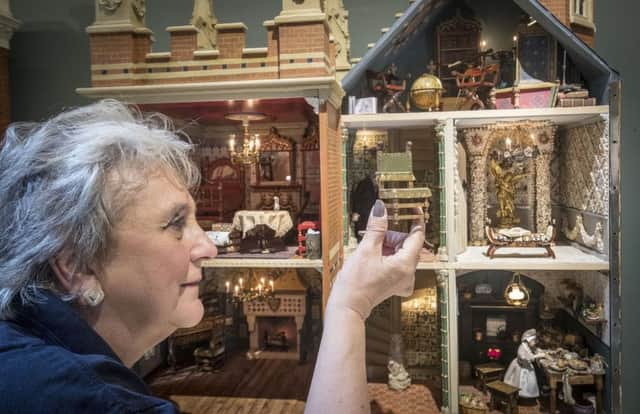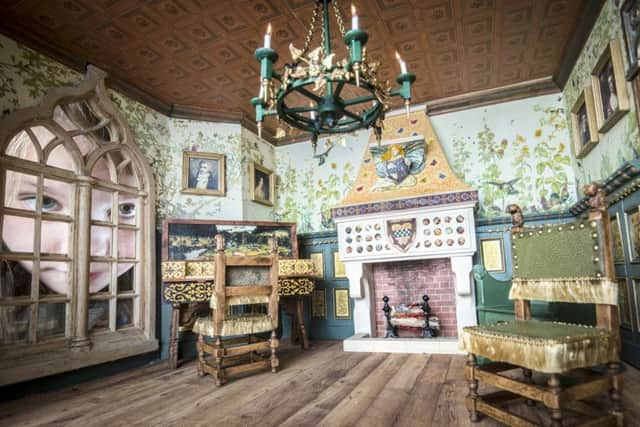Doll's house that was 22 years in the making opens its doors at Newby Hall


Miniaturist Jane Fiddick created the latest addition to one of the most important private collections of doll’s houses in the world.
The collection at Newby Hall, near Boroughbridge in North Yorkshire, features nearly 70 dolls’ houses of all shapes, sizes, styles and ages.
Advertisement
Hide AdAdvertisement
Hide AdMrs Fiddick and friend Caroline Hamilton first put their collection of dolls’ houses, amassed and made over the course of 40 years, on display at Newby Hall two years ago. The pair exhibited their handiwork internationally for more than 30 years.


Hugely popular with visitors to the hall, the dolls’ houses are on permanent display in the former potting sheds, next to the garden restaurant which was converted into an exhibition space part-funded by the National Lottery.
Newby Hall, considered one of Britain’s finest Adam Houses, was built in the 1690s by Sir Christopher Wren before it was later enlarged and adapted by John Carr and subsequently Robert Adam.